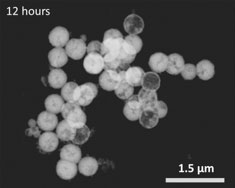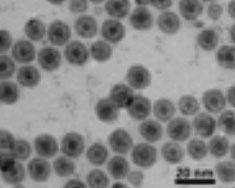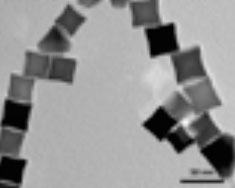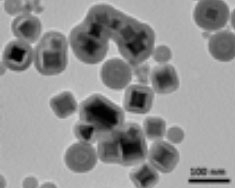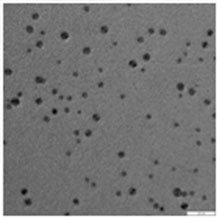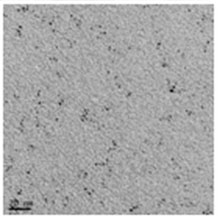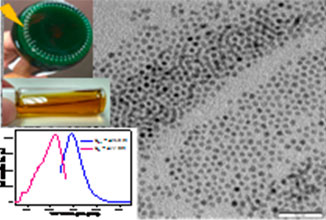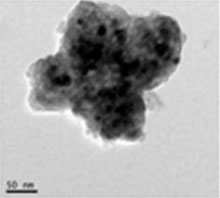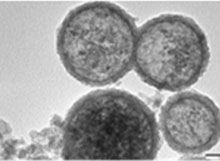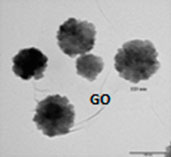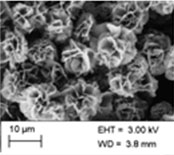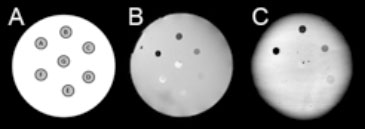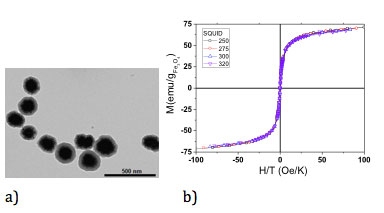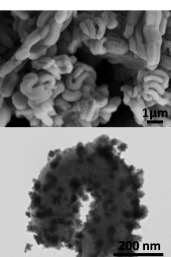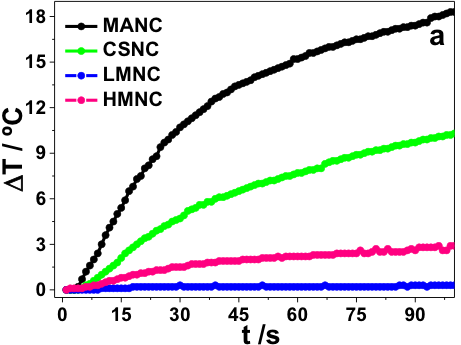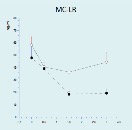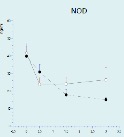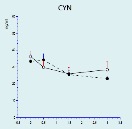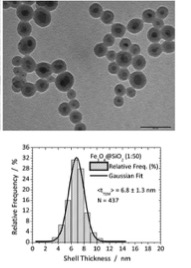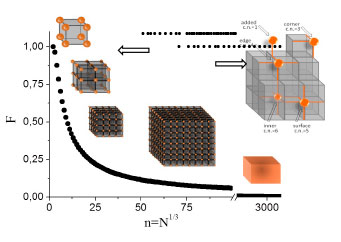
Figure. Dependence of the fraction of surface atoms (called also dispersion, F) increases steeply for very small particles, and, the properties of the surface atoms have a large contribution to the whole particle properties. (Yolanda Piñeiro Redondo, M. Arturo López-Quintela, and José Rivas Chapter 4. The emergence of quantum confinement in atomic quantum clusters In, Colloidal Foundations of Nanoscience, Edited by D. Berti and G. Palazzo , Elsevier, 2014.)
Nanoparticles with a sizes below to 100 nm, have a large ratio of surface-to-volume atoms with different electronic profiles depending on their coordination to the core structure , that dominate the response of the system. Nanoscale is therefore characterized by deviation of properties from the macroscopic behaviour (melting point, optical transition properties, ionisation potentials, hardness, catalytic activity, etc) and emergence of newly ones as surface plasmon band resonance, superparamagnetism or magnetization tunnelling, etc. Therefore size and morphology are fundamental design parameters in the development of NPs with tailored properties.
In this research area, our group is mainly focused on the synthesis, physicochemical study, development and design of nanoparticles and hybrid nanostructures based on different types of materials. The versatility of the nanomaterials, which are the building blocks of much more complex nanostructures with tailored multimodal performance, opens the door to the design of different biomedical and environmental applications. Our studies involve the following research lines:




